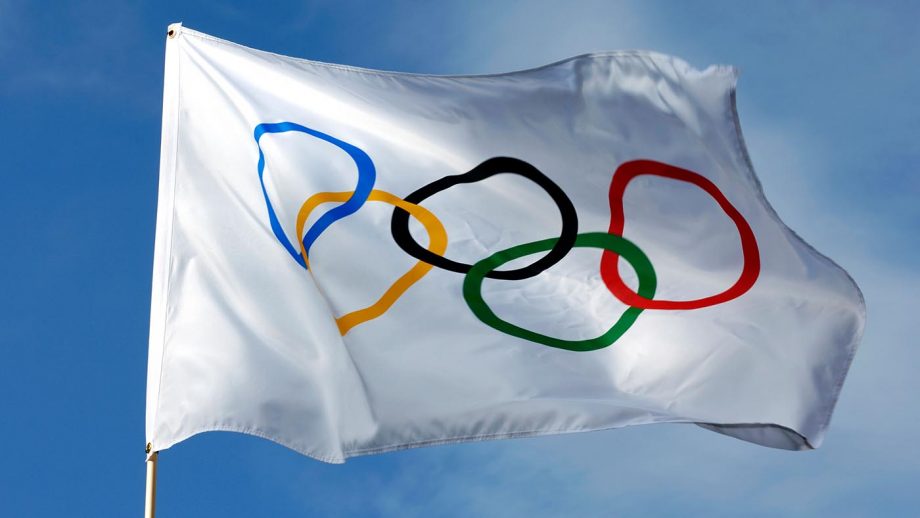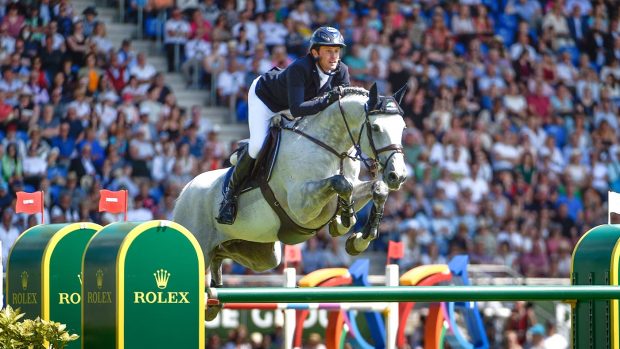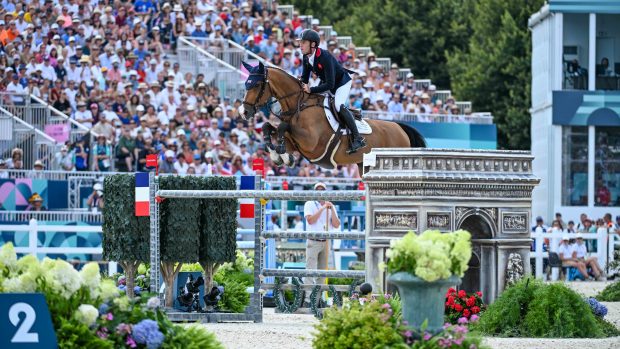The Tokyo Olympics are finally upon us — let Olympic fever commence!
But the postponed Tokyo 2020 Games are set to look significantly different to Rio 2016 and London 2012, and bring an extra element of uncertainty. Horse & Hound’s dressage editor Polly Bryan explains the main changes and what they mean for the format of the dressage competition…
1. The biggest change is that all Olympic and Paralympic equestrian teams — in dressage, eventing, showjumping and para dressage — will feature just three horse and rider combinations, instead of four, meaning there will be no drop score and all three will count towards the overall team result.
2. The other really significant change for dressage is that in 2020, the grand prix test will serve only as a qualifier for the grand prix special and the freestyle. The team medals will be decided solely on the scores from the special, rather than a combination of special and grand prix as at previous Games, or just the grand prix as at other championships, such as the World Equestrian Games.
3. Each team will be permitted to bring a reserve horse and rider combination to Tokyo. Substitutions can be made up until two hours before the team final — the special — but only on veterinary or medical grounds.
Team competition
4. As at previous Games, 60 horse and rider pairs will contest the grand prix, which will be run over two days — Saturday 24 and Sunday 25 July. These 60 combinations will be split into six groups of 10, or heats. Each group will be decided according to world rankings, so the world’s top riders will feature in each, much like the seeding system in other sports.
5. The top eight teams based on grand prix scores will qualify for the grand prix special, held on Tuesday 27 July, the outcome of which will determine the team medals. The special test will be performed to music of the rider’s choice, though this music will have no bearing on the marks.
6. The 24 special contenders will be split into three groups, with one rider from each of the eight ‘finalist’ teams in each. Those in the first two groups will ride in reverse order of merit based on the grand prix results, while the starting order of the final group will be based on the team standings after the first two groups. The team with the highest combined score from all three riders in this test will win gold.
Continued below…
You might also be interested in:

Heading to the Games? H&H’s top tips for Tokyo visitors

Subscribe to Horse & Hound magazine today – and enjoy unlimited website access all year round
Individual competition
7. The two best-scoring combinations from each group in the grand prix, plus the next best six pairs across all the groups, will qualify for the grand prix freestyle, which takes place on Wednesday 28 July.
8. These 18 combinations will be split into three groups for the freestyle, with the best-scoring from the grand prix going last. The winner will be crowned Olympic champion.
For all the latest equestrian news and reports, don’t miss Horse & Hound magazine, out every Thursday




